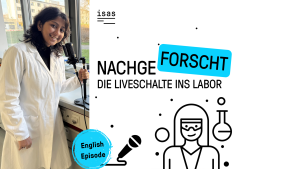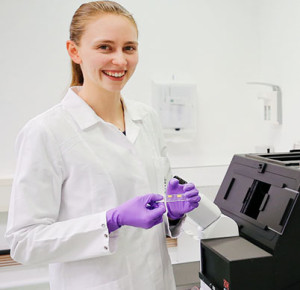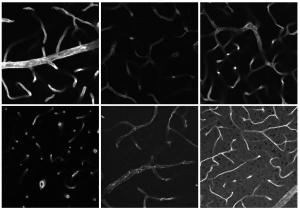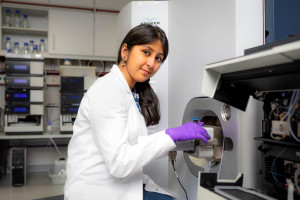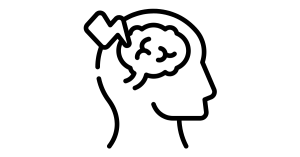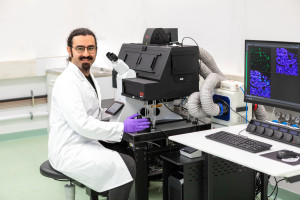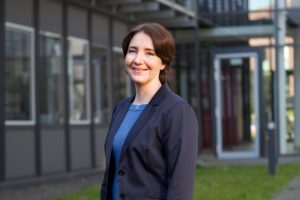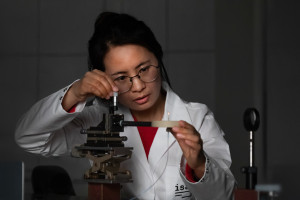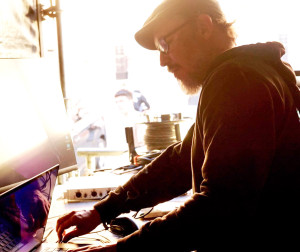Dortmund, 21st June 2022
The second episode of ISAS’ podcast »NACHGEFORSCHT – DIE LIVESCHALTE INS LABOR« (available only in German) deals with technologies that could help analyse substances such as cholesterol in a better way. Dr Sebastian Brandt talks about his reasons for researching a new, powerful ionisation source for mass spectrometry for his doctorate.
For the physicist, the hard work paid off in the end: The flexible microtube plasma (FµTP), also called looping plasma, that he developed is not only highly miniaturised, but also robust and versatile. For his doctoral thesis and thus the result of his research, Sebastian Brandt received summa cum laude – the highest grade possible! In this podcast episode, the 32-year-old explains what role the right ionisation method plays for health research and gives an insight into his time as a PhD student at ISAS.
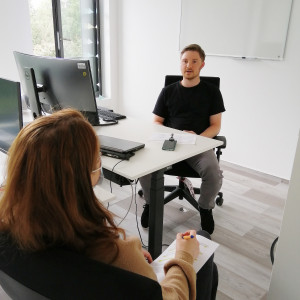
Dr Sebastian Brandt (Miniaturisation research group) and Cheyenne Peters from the Communications team talking about his looping plasma.
© ISAS
